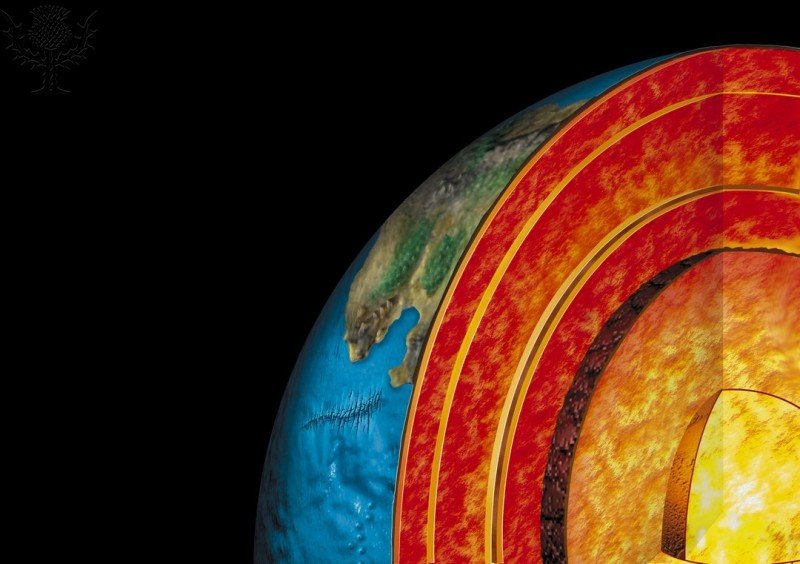Geology is the science of the Earth. It is concerned with origin of the planet Earth, its history, its shape, the materials forming it and the processes that are acting and have acted on it.
The following activities and resources are designed for more advanced learners at middle and high school levels.
Middle School
Use this Britannica School (Asia) Middle level resource pack ↗ to help students learn about different types of rocks and how they are formed over time.
Teacher Tip:
Homes or schools without a VPN connection can also access this resource pack at: Britannica School (Asia version in China) Middle level resource pack↗
Activity
- Review the materials in the resource pack that describe the different types of rock found on Earth: Igneous, Sedimentary and Metamorphic. Create a mind map exploring each type of rock.
- Watch the videos ‘Earth’s Crust: Geological Cycle’ and ‘Rock Cycle’, found on Britannica School. Use them to create a flow chart illustrating the rock cycle.
- Read the Britannica School articles on Fossils and Geological Time, and watch the video ‘Continental Drift’. Use the information to answer questions about the geologic time scale.
High School
Use this Britannica School (Asia) High level resource pack ↗ to conduct research into the Earth’s geological composition. It contains articles and multimedia.
Teacher Tip:
Homes or schools without a VPN connection can also access this resource pack at: Britannica School (Asia version in China) High level resource pack↗
Activity
- Examine texts and diagrams illustrating the Earth’s layers, gather information about the composition, depth/thickness and temperature of each layer. Record your research in a table.
- Explore the composition of rocks, the characteristics of mineral crystals or grains that are formed through igneous, sedimentary and metamorphic processes, during the rock cycle. Provide examples of well-known rock formations that fall into each rock type using the Rock Compositions Worksheet.
- Soils differ widely in their properties because of geologic and climatic variation over distance and time. Create a mind map detailing the following:
- What is soil made of?
- What are the main particles in soil?
- How does soil form?
- The effects of global warming and the greenhouse effect on soil.
Featured Image from Britannica ImageQuest: Earth’s structure. Cutaway computer illustration of the internal structure of the Earth. The inner Earth is divided into several distinct layers. HENNING DALHOFF / BONNIER PUBLICATIONS / SCIENCE PHOTO LIBRARY / Universal Images Group.
These activities and resources have been created using content from Britannica School, the go-to site for safe, comprehensive student research. Contact your librarian to find out if your institution already has access. Find out more about Britannica School or set up your own free trial.
More Educator Resources
Sign up with your email for more free resources from Britannica.

